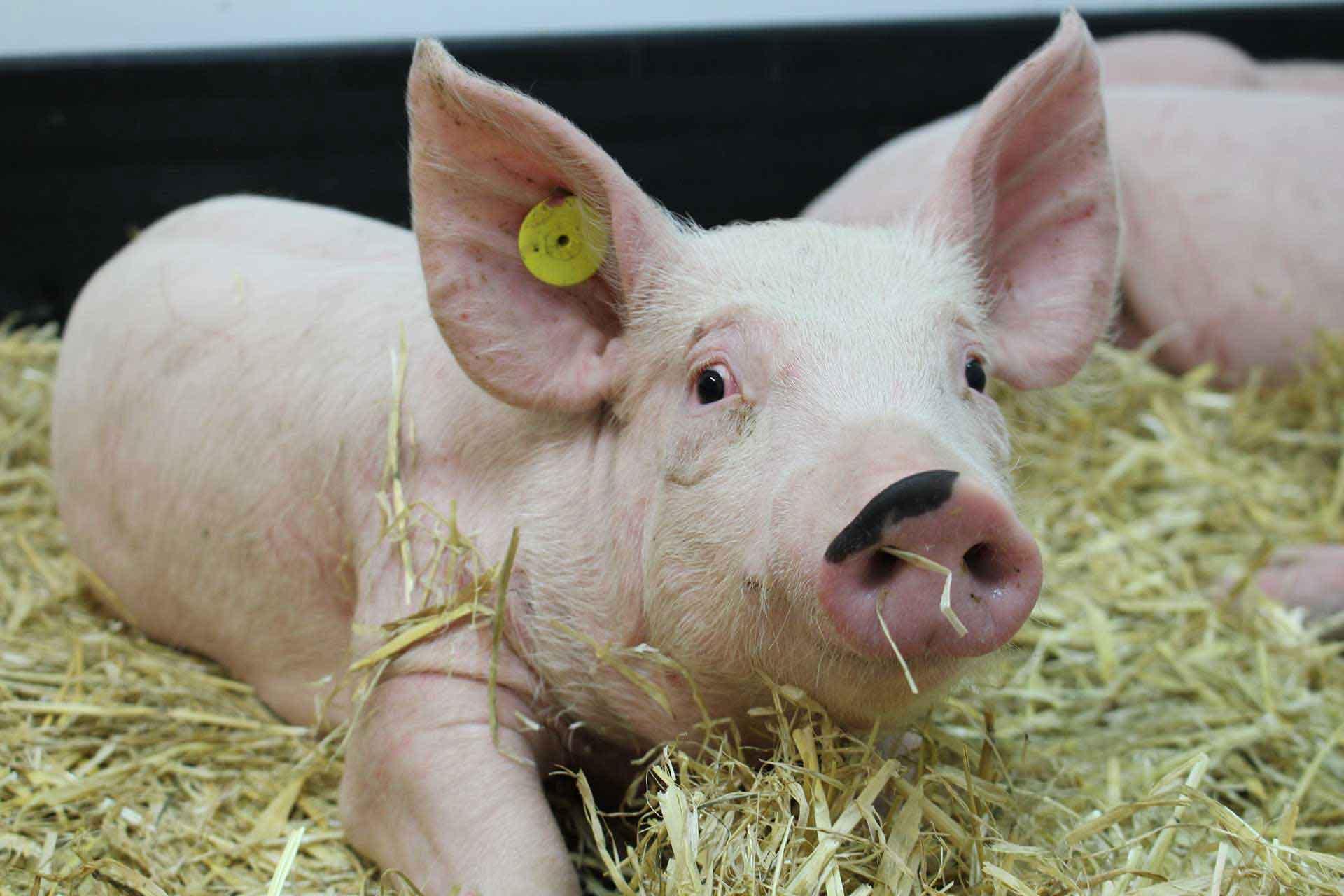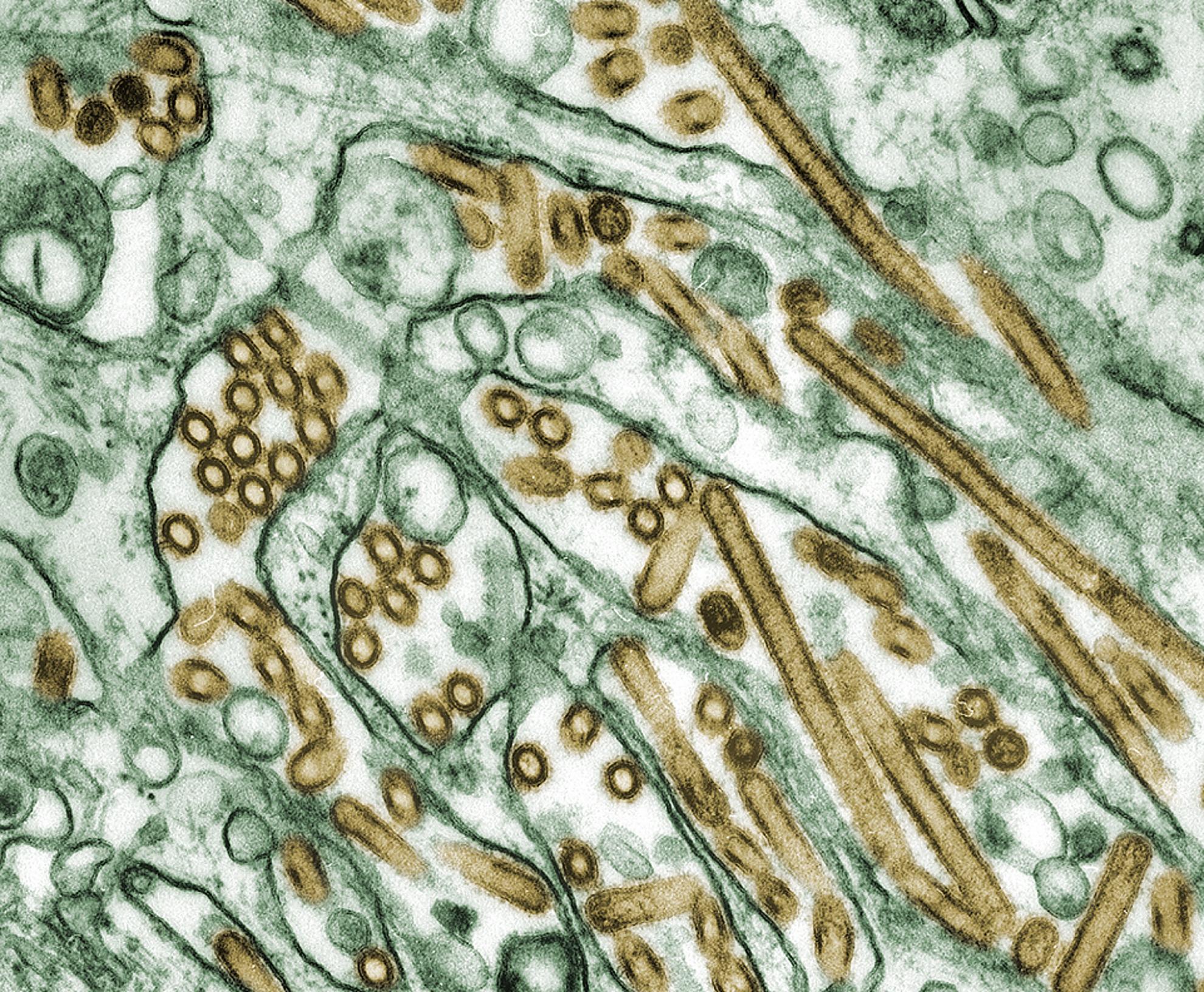Aerosol delivery of a candidate universal influenza vaccine reduces viral load in pigs challenged with pandemic H1N1 virus
Influenza A viruses are a major health threat to livestock and humans, causing considerable mortality, morbidity, and economic loss. Current inactivated influenza vaccines are strain specific and new vaccines need to be produced at frequent intervals to combat newly arising influenza virus strains, so that a universal vaccine is highly desirable. We show that pandemic H1N1 influenza virus in which the hemagglutinin signal sequence has been suppressed (S-FLU), when administered to pigs by aerosol can induce CD4 and CD8 T cell immune responses in blood, bronchoalveolar lavage (BAL), and tracheobronchial lymph nodes. Neutralizing Ab was not produced. Detection of a BAL response correlated with a reduction in viral titer in nasal swabs and lungs, following challenge with H1N1 pandemic virus. Intratracheal immunization with a higher dose of a heterologous H5N1 S-FLU vaccine induced weaker BAL and stronger tracheobronchial lymph node responses and a lesser reduction in viral titer. We conclude that local cellular immune responses are important for protection against influenza A virus infection, that these can be most efficiently induced by aerosol immunization targeting the lower respiratory tract, and that S-FLU is a promising universal influenza vaccine candidate.


